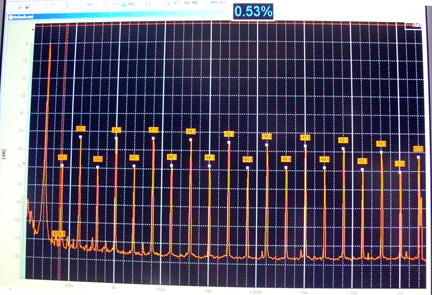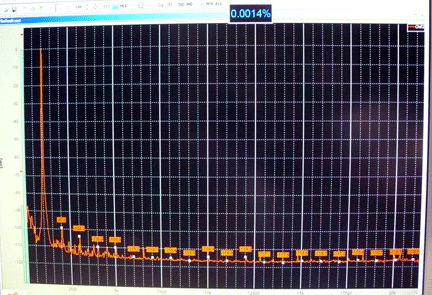- Joined
- Sep 4, 2019
- Messages
- 1,175
- Likes
- 2,341
Yes I’d like to integrate the rythmik F12G subs. I measured my room without the subs here:
https://sound.stackexchange.com/que...-two-sources-as-a-function-of-dis/48677#48677
You can see from my naive question there that I didnt even know I was detecting comb filtering. I also did some waterfall plots that highlight the need for bass traps in the corners, Frequencies below 50hz seem to last significantly longer than all others. However, the Freya. + preamp does not have a dedicated pair of sub outputs. Although that doesn’t really matter from the subs point of view (it has a built in crossover to exclude frequencies above 120 hz) Rather, I would like to spare having to drive the salon2s at the low frequencies.
Just my thoughts, looking at your room in the link you provided; there are others that know far more than I do that may chime in:
1) As you found, run your measurements on one speaker at a time. Your measurements don't show the bass range or the waterfall which helps a lot.
2) Don't expect in a domestic environment to get great decay times in the bass. It takes a huge number of large bass traps and/or targeted frequency absorption (i.e. Helmholtz absorbers, tuned membrane traps) to have a meaningful effect below 100hz. Not to worry however, as using a distributed bass array and DSP can address 95+% of bass decay and resonate issues.
3) Your room appears well proportioned to spread the bass modes out. It is much longer than wide and the sloped ceiling spreads out the floor ceiling modes.
If it were my room, this is what I would do:
1) Do not add more room treatment. The drapes and carpet you have may already be overly absorbing the high frequencies.
2) Try moving your subs. For two subs, the best starting position is generally with them opposing each other in the middle of the sidewalls or front rear. Quarter wall placement may work well also. Take a look at this article. https://www.audioholics.com/subwoofer-setup/multiple-subwoofer-setup-calibration-1
3) Depending on your listening levels, you may want to consider two more F12Gs which will 1) help further smooth room modes, and 2) keep up with the Revel's at louder levels if you crank them up.
4) No matter what you do, you are going to have an issue when the subs are further from you than the main speakers that they will always be behind the mains by one or more cycles. This is not a huge issue, but can only be corrected if you use DSP.
5) Get a crossover and relieve those Revels from the distortion creating bass. If you are using XLR connections, the DBX223xs works great. If you are using RCA, HSU sells an excellent 24db octave crossover.
6) If you really want to step it up, as I mentioned above, get the Anthem or Mini DSP, and replace your current USB/Coax adapter/DAC/Preamp with a single unit. You will then have full control in the digital domain with crossovers and equalization, as well as adjusting the timing between your speakers and the subwoofers.
7) Buying the subs, MiniDSP SHD, and a pair of NC1200 amps will set you back $6,000 before you sell your old components. This is far less than the mono Magtechs and will net you a huge step forward in sound quality. If you want the really nice unit, spend another $2,000 and get the Anthem instead of the MiniDSP SHD. You are still spending far less for a greater improvement.
8) After you do all the above, get it dialed in, open your favorite beverage and enjoy an absolutely top notch full range system.

